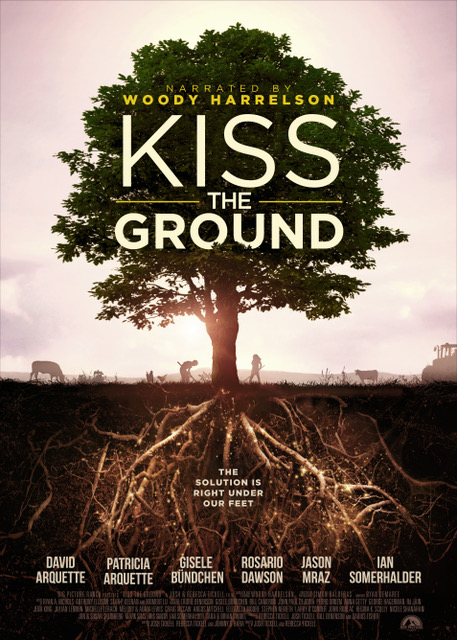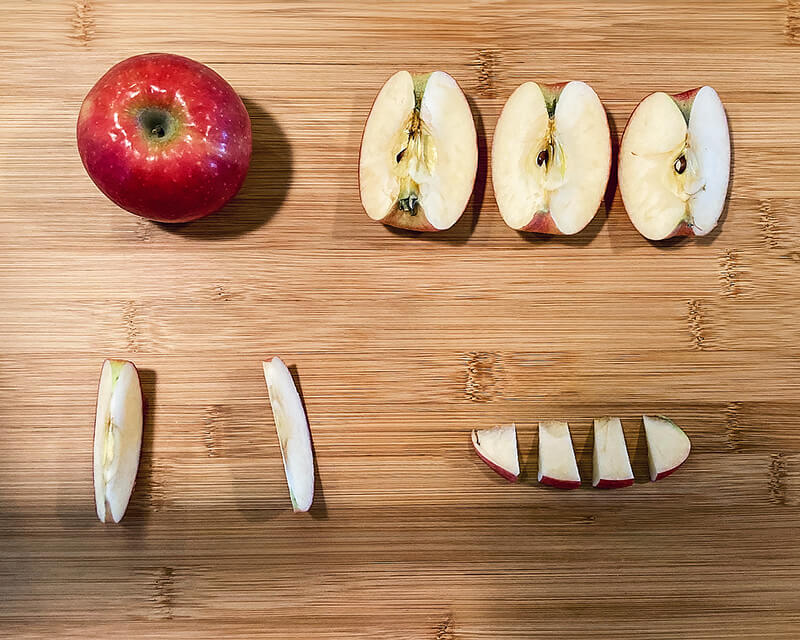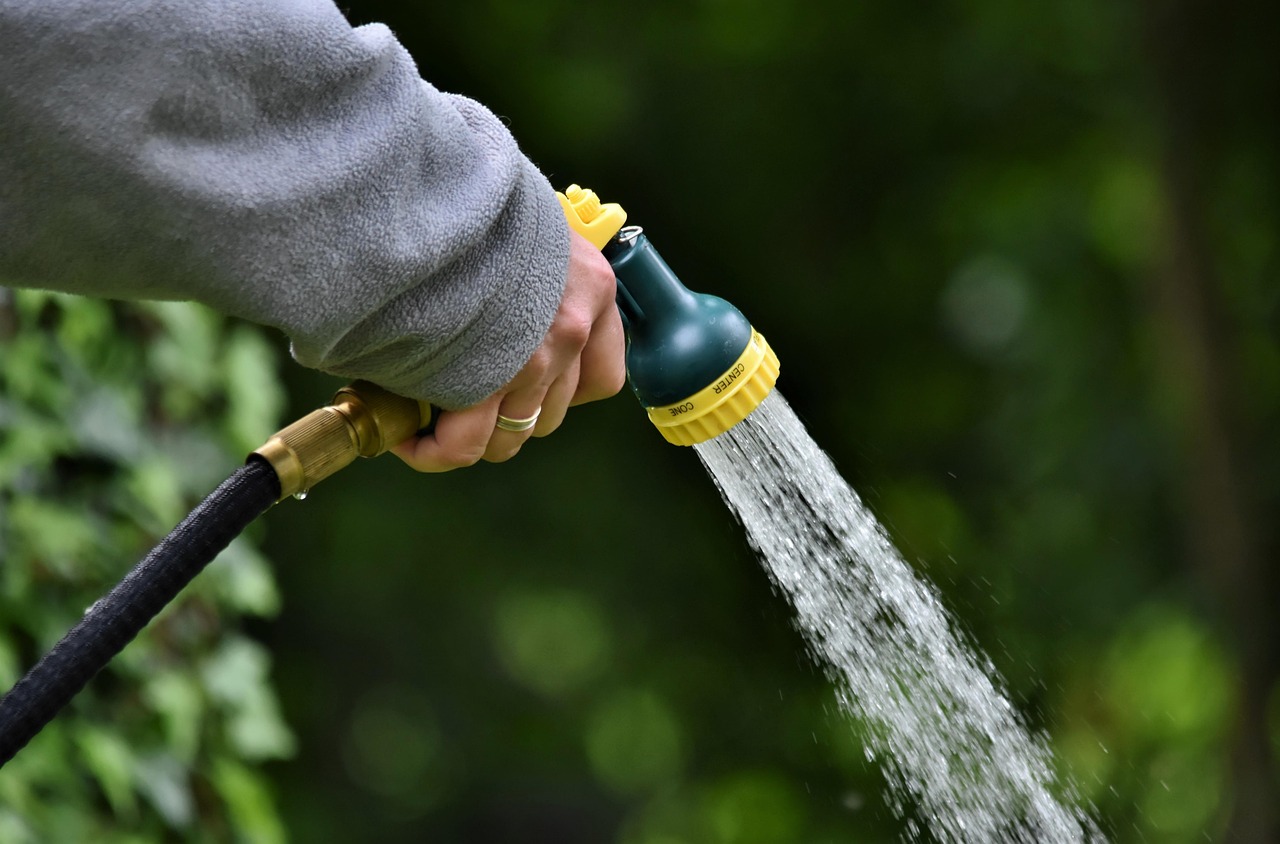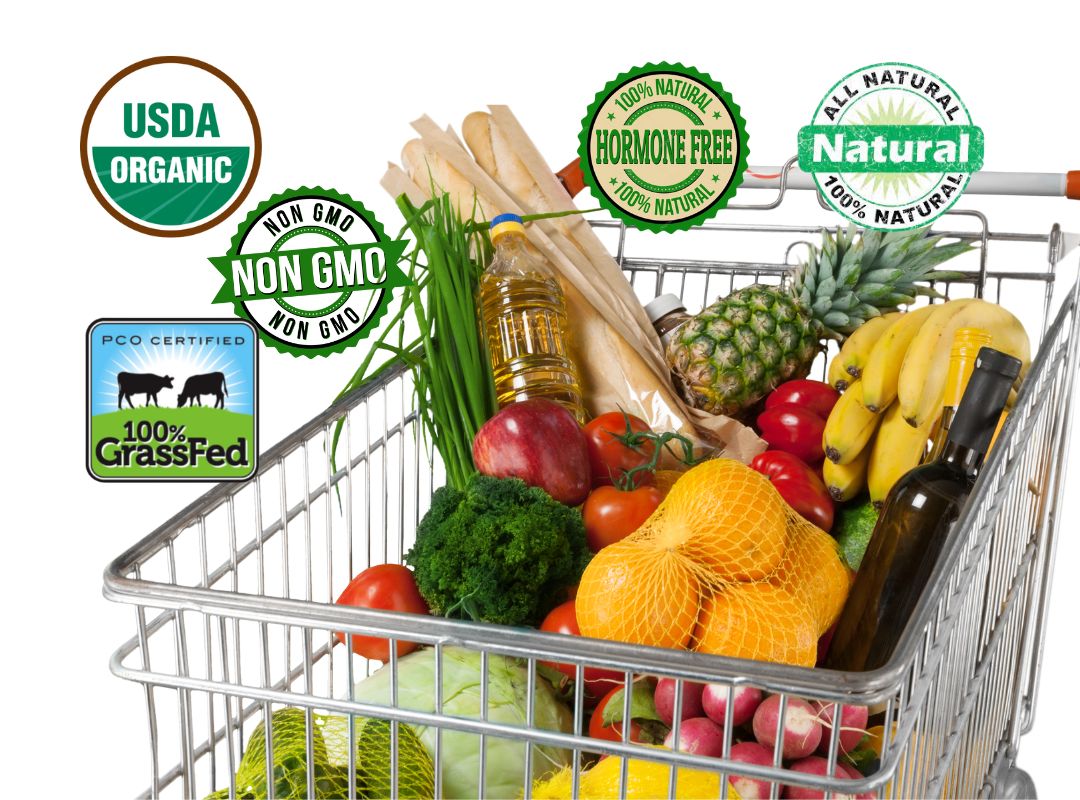
Kiss the Ground
Students will view the 2020 documentary Kiss the Ground to consider the concept of regenerative agriculture as a tool to improve soil health and overall environmental sustainability.

Students will view the 2020 documentary Kiss the Ground to consider the concept of regenerative agriculture as a tool to improve soil health and overall environmental sustainability.
In this lesson, students will test for plant-available soil nitrogen and learn how farmers use this test to precisely match fertilizer application to meet crop needs and reduce the amount of nitrogen left in the soil.
In this lesson, students learn the chemistry and composition of milk, identify the difference between a monosaccharide and disaccharide, and carry out a laboratory activity testing the effect of the enzyme lactase on various milks.

Students use an apple to represent the Earth and discover how our land resources are used. Through critical thinking, students discover why topsoil is a nonrenewable resource, the importance of soil to our food supply, and factors that impact topsoil distribution in different regions.

In this lesson students learn about water sources, water pollution, and water protection. Students participate in an activity where they demonstrate the water cycle and see the potential for our water supply to become contaminated.
Students identify the differences between needs and wants, goods and services, and producers and consumers by participating in a grocery store simulation, exploring the source of grocery store items, and designing their own products to sell.
Students identify the differences between needs and wants, goods and services, and producers and consumers by participating in a grocery store simulation, exploring the source of grocery store items, and designing their own products to sell.
Students explore the benefits and functions of different types of barns and use problem-solving skills to build a model of a hay barn that meets specific requirements.
Students use the story The Little Red Hen to investigate wheat production and bread making. Students thresh their own wheat and grind it into flour to make bread.

Students evaluate food package labels, determine their meaning, and use the Claim, Evidence, and Reasoning model to determine the value of the label in relation to food production practices, nutrition, health, and food safety. Students will engage in critical thinking to recognize the impact of food package labels in relation to marketing, consumer perceptions of food, and farming practices.
Students examine the functions of plant leaves and identify leaves as edible parts of some plants.
Students define the word "machine," explain how machines are used in agriculture to produce food and fiber, and compare and contrast a variety of machines.